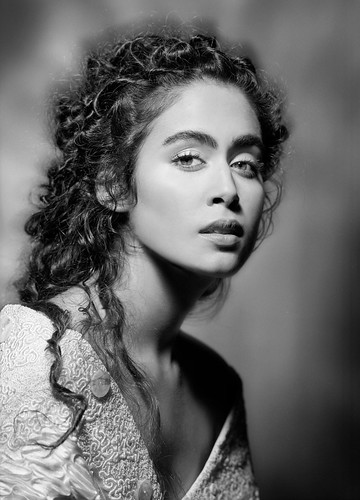Erik what makes you think the Fuji is an worthy alternative for the OP?
Have you tried it outdoors with a digital back? Do you know what the widest lens on it is with a DB? Can it be compared to a Hasselblad with a 24mm and 1.5x converter? Are there any MTF charts of it available, also when shifted? How is the weather sealing on it? (Or was that another thread...they all get mixed up these days....)
LEt me point out that I did not recommend the Fuji gx680 as an alternative for the OP. I brought it up to explain why I found the HTS limited in some ways.
Anyway to answer your questions...
Have you tried it outdoors with a digital back?It is usable on location with a digital back. The kapture group control box runs on a 9v battery.
The whole lot is significantly heavier than modern MFD cameras.
Do you know what the widest lens on it is with a DB?The widest lens is the 50mm 5.6. With the HTS the 24mm becomes a 36mm 7.4.
However the Fuji can be used with the kapture group stitch back and a digital back giving it a wider angle of view
than the hasselblad 's 36mm with the HTS. However shifting is a bit limited on the Fuji with the 50mm compared to the 65mm.
How is the weather sealing on it?No weather sealing claims are made by Fuji for the gx680. However the lenses are pretty much sealed as they do not have a focusing mechanism.
The focusing is on the body.
Are there any MTF charts of it available, also when shifted?No MTF graphs that I know of. However here is an example of a full vertical shift with the 250mm.


(Focus is on the tip of the nose.)
Readers should keep in mind that this is from a full frame.
Also to be considered is that with the Kapture group stitch adapter but shooting single frame one can obtain more shift than with the HTS 1.5 or the Schneider for Mamiya Phase.
Price wise the Fuji GX680 can be found at very good prices. About $1,200 would buy a 65mm and body.
The icing on the cake is that it also shoots 6x8 film for those that still like film.